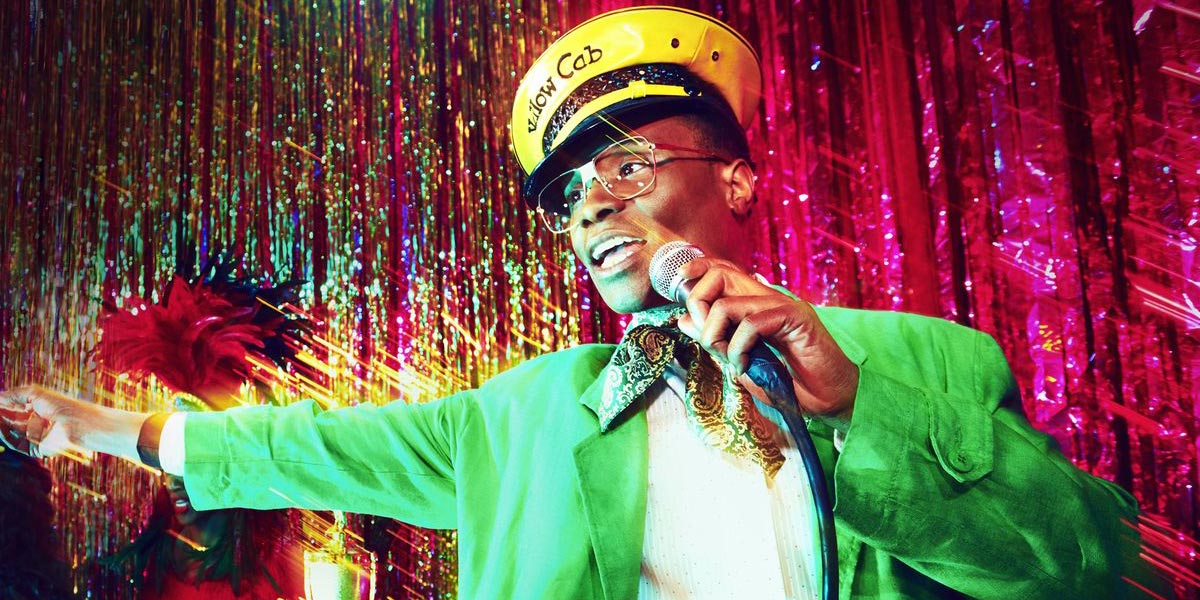LGBTQ characters on US TV at an all-time high

LGBTQ characters on US TV: Billy Porter in Pose
There are more LGBTQ characters on American broadcast television than ever before, and, for the first time, LGBTQ women outnumber men.
This was revealed in the latest annual Where We Are on TV report, published by GLAAD, the LGBTQ media advocacy organisation.
Where We Are on TV analysed the overall diversity of primetime scripted series regulars on broadcast networks and cable networks and original scripted streaming series on Amazon, Hulu and Netflix for the 2019-2020 TV season. This marks the 24th year that GLAAD has tracked the presence of LGBTQ characters on television.
GLAAD last year called on the television industry to reach 10 percent LGBTQ inclusion among broadcast series regular characters on primetime scripted series by 2020. The 2019-2020 report found that networks met and exceeded this call in just one year, with a record-high percentage of LGBTQ series regulars on broadcast television at 10.2% of all series regulars.
This is up from last year’s 8.8% (another record-high). Also, for the first time in this report’s history, LGBTQ regular and recurring women on broadcast outnumber LGBTQ men. Of the LGBTQ regular and recurring characters on broadcast, 53 percent are women, and 47 percent are men.
The report further found that racial diversity of LGBTQ characters on broadcast and cable also increased significantly, while streaming saw a decrease. Of the 120 LGBTQ regular and recurring characters on broadcast, 62 (52%) are people of colour, which is a two-percentage point increase from last year and six more characters.
This is the second year in a row where LGBTQ people of colour have outnumbered white LGBTQ people on broadcast, and the only platform which has hit the goal of having at least half of LGBTQ characters be characters of colour.
Of the 215 LGBTQ characters counted on cable, 48% (103 characters) are people of colour, which is an increase of two percentage points from last year. Of the 153 LGBTQ characters on streaming series, 41% (63) are people of colour, which is a decrease of seven percentage points from last year.
Additional representation that is up this year across all platforms includes: the total number of transgender characters increased to 38 from 26; bisexual+ characters posted a slight increase in characters; and there are nine characters with HIV/AIDS, an increase from the seven characters counted last year.
“At a time when the cultural climate is growing increasingly divisive, increased representation of LGBTQ stories and characters on television is especially critical to advance LGBTQ acceptance,” said Sarah Kate Ellis, President & CEO of GLAAD. “Shows like Pose, Schitt’s Creek, Batwoman, and Billions demonstrate that not only are LGBTQ stories and characters on TV becoming more diverse, but that viewers everywhere continue to respond with extreme positivity.”
Ellis has now called on the industry to ensure that 20 percent of series regular characters on primetime scripted broadcast series are LGBTQ by 2025, as well as challenged all platforms to make sure that within the next two years, half of LGBTQ characters on every platform are people of colour.
“This year’s Where We Are on TV study found great progress towards a more LGBTQ-inclusive television landscape, and highlighted welcome increases of transgender men and queer women in upcoming programming,” said Megan Townsend, Director of Entertainment Research & Analysis at GLAAD.
“However, it is also important to note that there is still work to be done. On cable TV, just three networks account for 44 percent of all LGBTQ representation on primetime scripted series. Similarly, programming from four dedicated producers and creators who prioritise inclusion, Greg Berlanti, Lena Waithe, Ryan Murphy, and Shonda Rhimes, accounts for 14 percent of total LGBTQ characters across broadcast, cable, and streaming originals. We hope to see all networks follow their lead, and work towards reflecting the reality of their audience and the culture.”
Leave a Reply